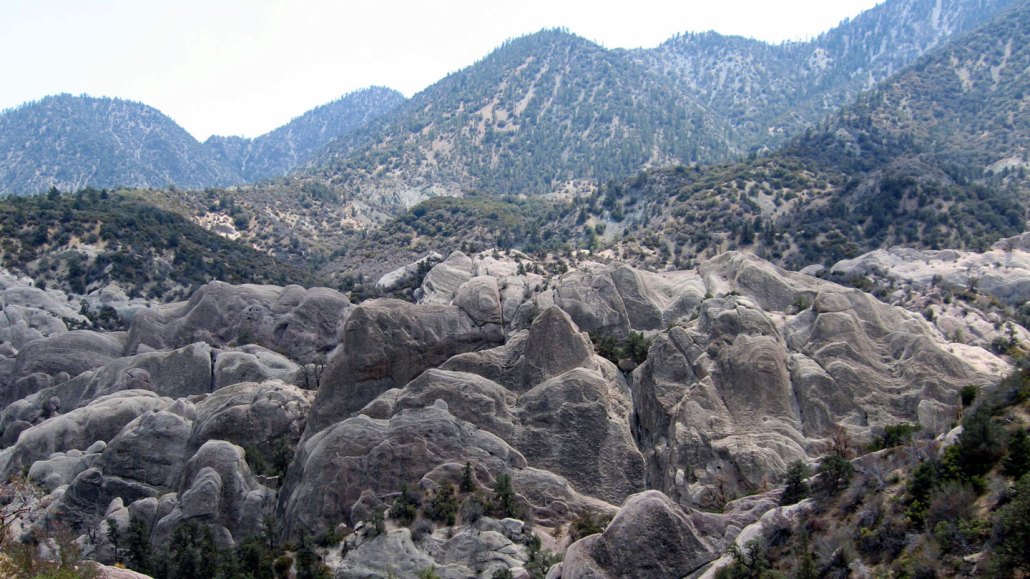
These rocks at the Devil’s Punchbowl geologic formation near Los Angeles were uplifted by movement along the Punchbowl Fault, a now-inactive portion of the larger San Andreas Fault.
NYArtsnWords/Wikimedia Commons

These rocks at the Devil’s Punchbowl geologic formation near Los Angeles were uplifted by movement along the Punchbowl Fault, a now-inactive portion of the larger San Andreas Fault.
NYArtsnWords/Wikimedia Commons